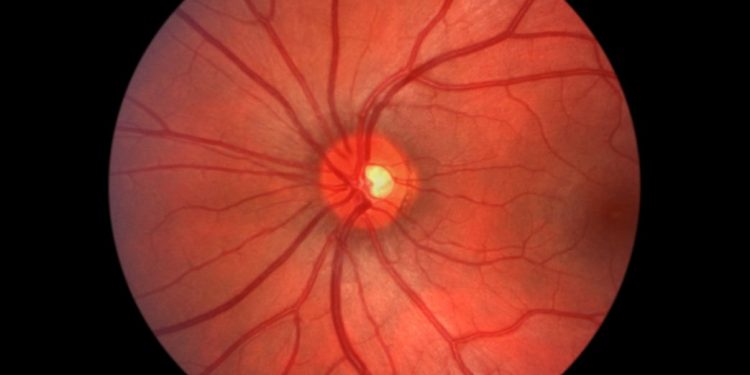An arterial dissection is an injury to the walls of a blood vessel. The resulting tear can result in a clot or blockage in the artery. This can cause a symptom called transient ischemic attack or stroke. In some cases, the clot may travel to the brain and cause a more severe form of a stroke. It is important to treat a blood vessel dissection promptly to prevent strokes and other serious complications.
Children are often at risk for arterial dissection. In some cases, the artery is damaged because of trauma to the neck or head. Other times, the artery is damaged due to a health condition, such as Ehlers-Danlos syndrome. If the tear in the artery occurs in the neck, the child may experience symptoms like headaches, dizziness and numbness.
A cervical artery dissection is also a very common complication of a stroke. It can cause pain and difficulty swallowing. Some people with this condition will need to use anticoagulant medicines for several months. Others need regular monitoring. However, a cervical artery dissection usually heals itself within a few months.
Cervical artery dissections can be difficult to diagnose. Generally, they are diagnosed by a doctor by reviewing the patient’s medical history and asking about any recent injuries. He or she will then examine the person and try to determine the exact cause of the dissection. There are some tests that can be used to confirm the diagnosis. One such test is CT angiography, which uses x-ray equipment to view the artery and surrounding areas.

Although most children recover from a dissection, some have serious neurological problems. In most cases, treatment is necessary to prevent a stroke or other serious complications. Treatment options include taking medications that help reduce the chance of a clot entering the brain, undergoing surgery to remove a blood clot or applying a stent, a wire mesh tube placed in the artery. Depending on the severity of the dissection, long-term treatments may be needed.
Aortic dissection is caused by a tear in the aorta, which is the largest blood vessel in the body. Symptoms of an aortic dissection include chest pain, fainting, shortness of breath and difficulty breathing. People with this condition may also experience a ballooning of the aorta.
Carotid artery dissection is a condition in which the lining of one or more of the carotid arteries in the neck tear. This may occur because of a physical injury or because of a blood clot. For some people, the dissection can be triggered by a rapid increase in the amount of stress in the arteries. While there is no known cause, certain conditions and family history can increase the chances of a person developing a carotid dissection.
If you or your child has a sudden onset of symptoms, such as numbness, tingling, double vision, a ringing in the ears or a droopy eyelid, seek emergency care immediately. If you think you have a vascular problem, see a vascular specialist as soon as possible.









